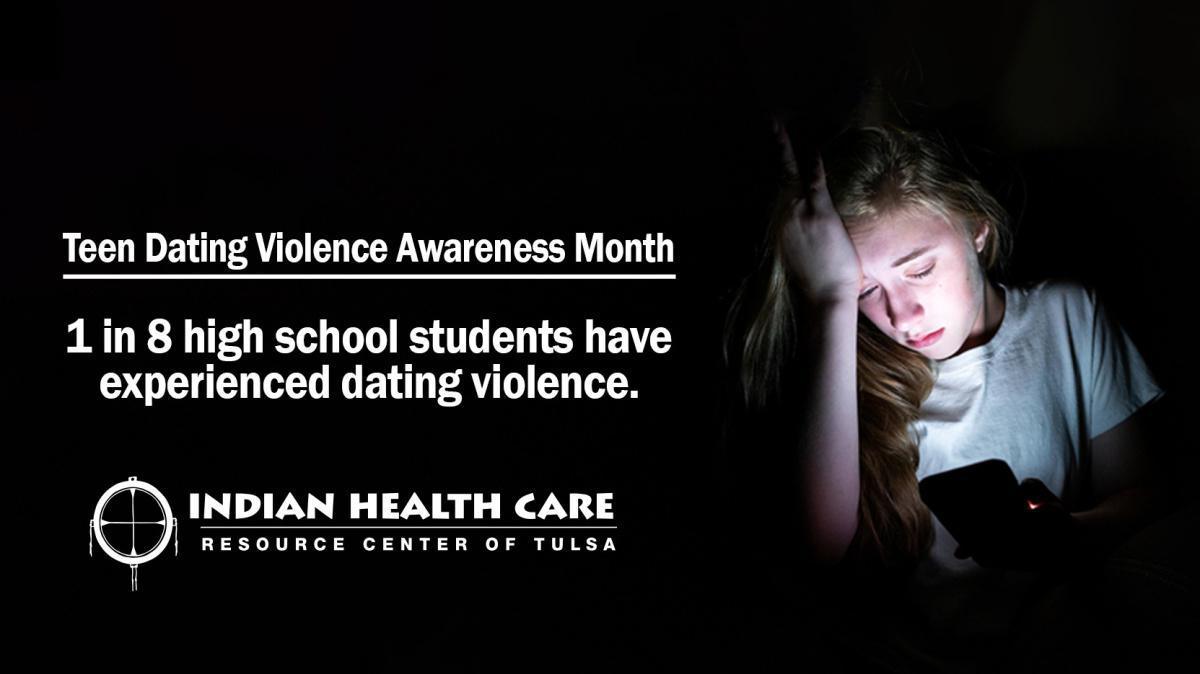February is National Teen Dating Violence Awareness Month. This is an important time to draw attention to the prevalence and dangers of teen dating violence. It is estimated that one in three adolescents in the United States will experience physical, sexual, or emotional abuse by someone they are in a relationship with before they become adults.
What is Teen Dating Violence?
Teen dating violence (TDV) is defined as physical, sexual, psychological, or emotional aggression within a romantic relationship between two young people aged 13 to 19 years old. This type of violence can take on many forms including verbal abuse, physical assault, stalking, and cyberbullying.
Prevalence in Schools
Unfortunately, Teen Dating Violence is all too common in schools today. Studies show that one out of every eight high school students have experienced dating violence in some form. In addition to the direct effects on teens who experience this type of violence from their romantic partners, there are also broader impacts on school safety and climate as well as student learning outcomes. For example, students who experience teen dating violence may be more likely to struggle academically or miss school due to fear for their safety or stress related to their violent relationship. They may also be more likely to engage in risky behaviors such as drug or alcohol use which can further compromise their safety and wellbeing.
Recognizing Signs
It can be difficult for parents to recognize the signs of TDV because many teenagers do not want to share details about their relationships with adults. However, there are certain behaviors that could indicate TDV may be taking place between two teens:
- One partner isolating themselves from friends and family members
- One partner regularly checking up on the other
- One partner displaying extreme jealousy or possessiveness
- One partner becoming controlling over decisions made by the other
- Intimidation tactics being used by one partner against the other
- Either partner being physically violent toward each other
- Either partner exhibiting unhealthy communication styles like name-calling or threats
- Either partner feeling unsafe around each other
If you notice any of these behaviors among your child’s relationships with their peers—or if your child has expressed concern about a peer’s behavior—it is important to take action quickly and provide guidance on how best to handle the situation.
What You Can Do to Help
The first step toward helping prevent teen dating violence starts with education and awareness about healthy relationships among teenagers and adults alike. If you suspect that someone you know may be involved in an abusive relationship, it’s important to talk to them about it without judgment or criticism. Encourage them to seek professional help if needed so they can learn how to navigate these difficult situations safely and effectively. Additionally, you should also reach out to local organizations whose mission is to support victims of domestic violence so your teen can get the help they need.
It’s important for parents and educators alike to recognize the signs of teen dating violence and provide support and resources for those affected by it. The National Domestic Violence Hotline (1-800-799-7233) provides 24/7 support for anyone experiencing domestic violence including teenagers who may not know where else to turn for help. Educators should also be aware of warning signs such as changes in academic performance or social behavior that could indicate that a student may be a victim of teen dating violence so they can intervene early on before the situation escalates further. February is an important month for raising awareness about this issue, but it's essential we remain vigilant throughout the year if we want to protect our teens from harm and create safe learning environments for all students.


